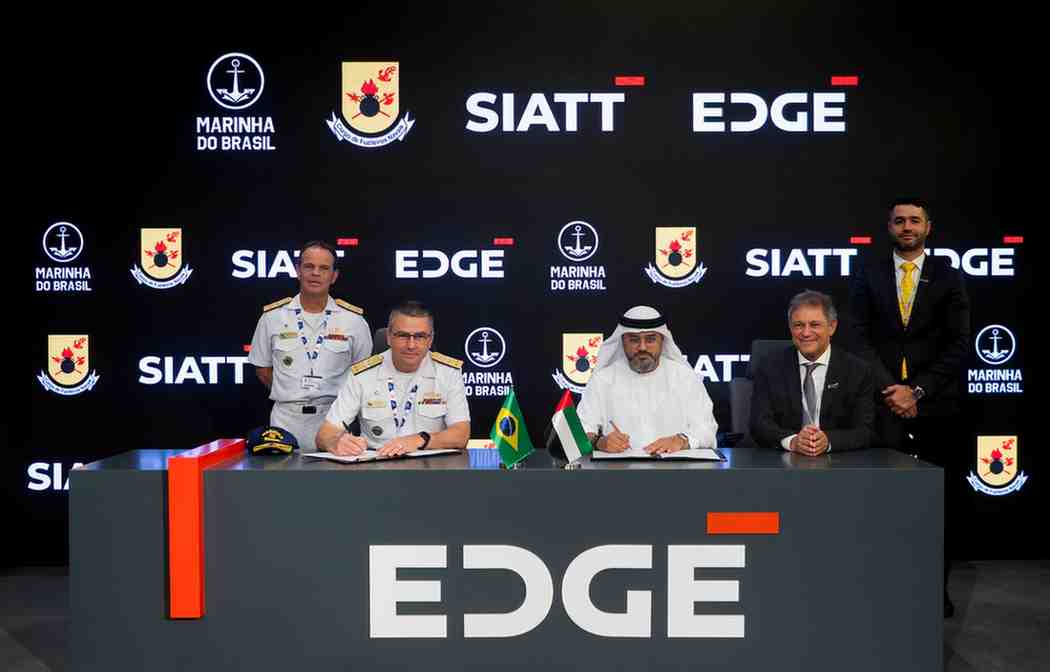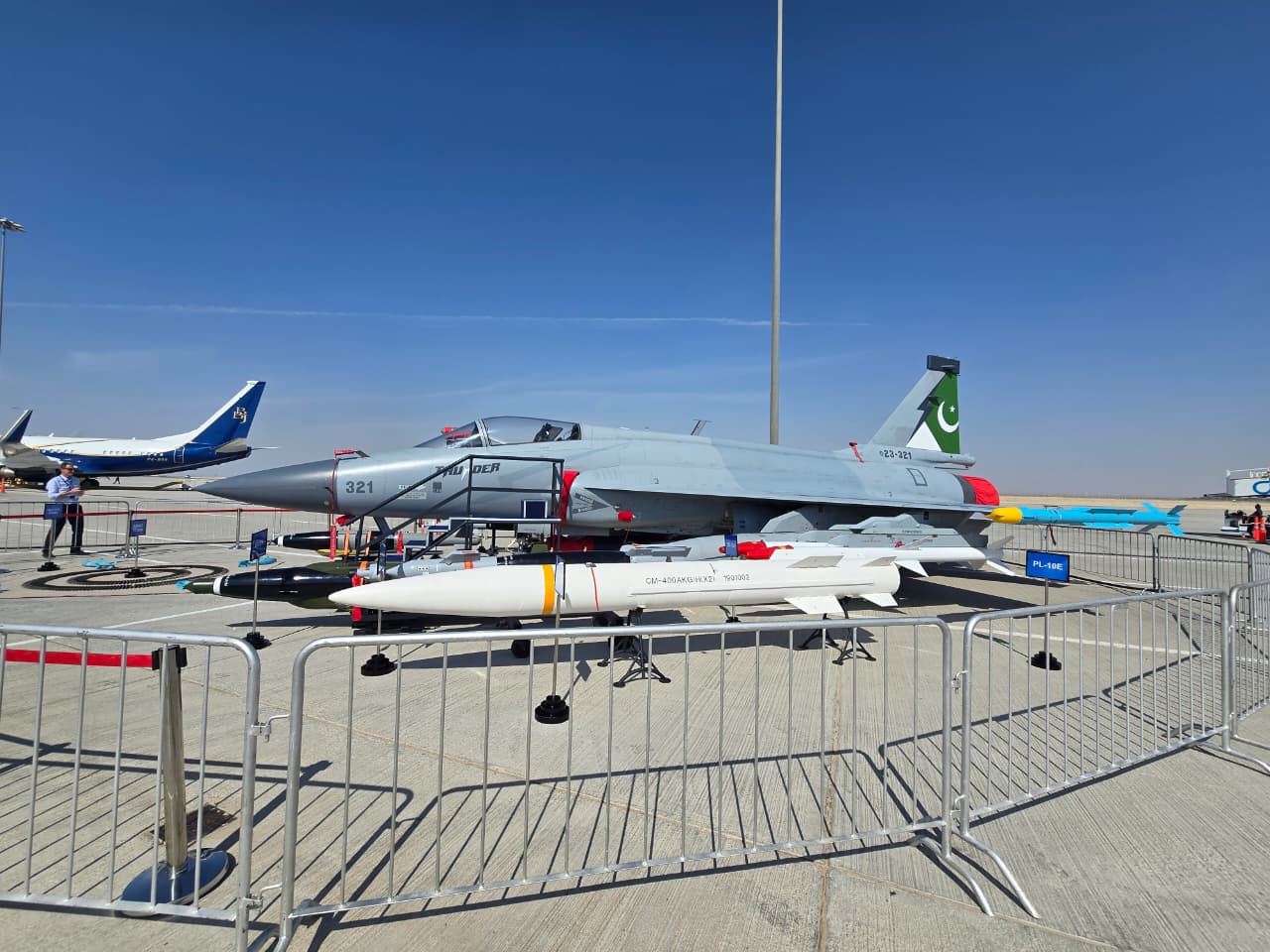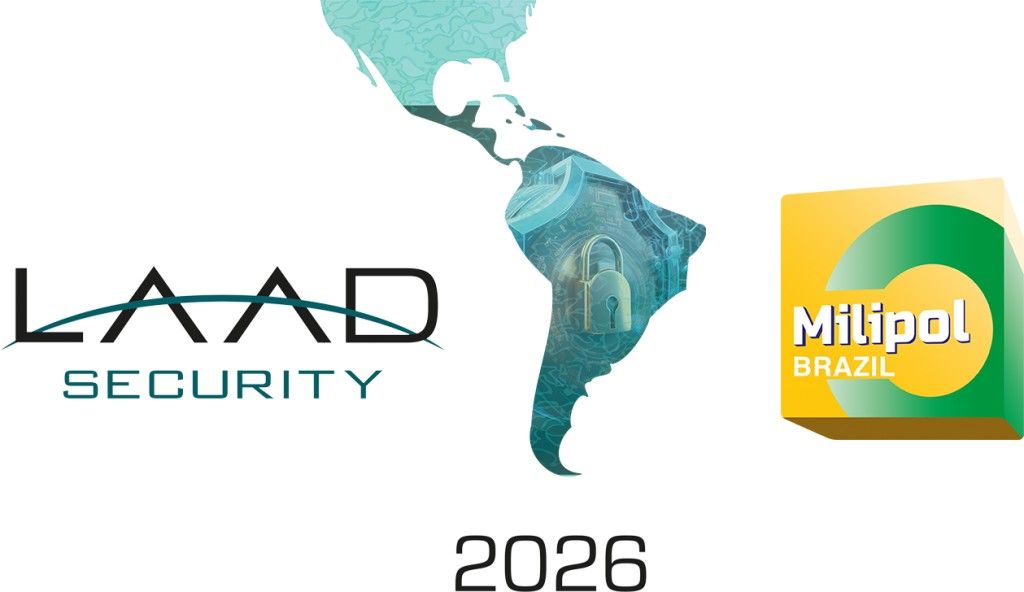Established on August 14, 1947, the Pakistan Navy took over a modest fleet of vessels that included two sloops, two frigates, four minesweepers, two trawlers, and four harbor launches, along with a personnel count of fewer than 3000. Lacking shipbuilding capabilities and trained personnel, its initial emphasis was on developing naval bases and training facilities. The Karachi Naval Base (PNS Karsaz) emerged as the central hub, while PNS Academy and PNS Himalaya were created for officer and sailor education.
These initiatives formed the foundation for future growth, supported in part by early collaborations with allied navies. The 1950s represented a time of growth for the Navy with the purchase of Tariq-class frigates from Britain, accompanied by military support from CENTO allies. A notable achievement took place in 1957 when Pakistan unveiled PNS Ghazi, becoming the first Muslim nation to have a submarine.
The strategic focus of the Pakistan Navy was put to the test during wartime. In 1965, the Navy executed Operation Dwarka, targeting India’s radar facility with accuracy. Although it was more symbolic than substantive, it revealed shortcomings in air defense and submarine operational tactics. The 1971 conflict was even more significant, especially with the historic achievement of PNS Hangor, which was responsible for sinking INS Khukri—marking the first submarine kill since World War II.
After 1971, the Navy redirected its efforts to improve its underwater combat capabilities. By the 1980s, the number of submarines in the fleet had grown from four to nine, creating a deterrent through covert operations and unexpected strikes.
Building on the foundation laid by PNS Ghazi, Pakistan’s submarine program progressed with the procurement of Daphne-class and Agosta 90B submarines. At present, the Navy is working towards a total of eight Hangor-class submarines—next-generation vessels featuring sophisticated sensors, air-independent propulsion, and the ability to launch nuclear cruise missiles. Half of these submarines are being built in Pakistan, showcasing a dedication to self-reliance and the transfer of technology. This development enhances Pakistan’s second-strike capability and bolsters maritime deterrence in the region.
The Navy’s dedication to local shipbuilding has resulted in significant accomplishments. In 2018, the PNS Moawin, a fleet tanker with a weight of 17,000 tons, became the largest warship constructed in Pakistan. Partnerships with Turkiye have led to the development of Babur-class corvettes, which feature a 16-cell vertical launch system and enhanced combat capabilities. The development of national weaponry now features the Harbah cruise missile, which has a range of 450 km, along with the Babur-3 submarine-launched cruise missile that enhances Pakistan’s underwater defense apparatus.
AMAN, which began in 2007 with 28 participating nations, grew to include over 50 countries by 2023. The Pakistan Navy is further enhancing cooperation through joint exercises such as Sea Guardians (with China), TURGUTRIES (with Turkiye), Arabian Monsoon (with Russia), and Ocean Explorer (with the UK). On the diplomatic front, there has been notable expansion in naval training exercises.
The Navy has demonstrated its worth in areas beyond just combat. During Operation Madad in 2010, it utilized helicopters, boats, and over 1,500 personnel to successfully evacuate more than 110,000 civilians. It was instrumental in humanitarian assistance after the 2004 tsunami in Sri Lanka and the 2015 earthquake in Nepal. Pakistan’s Hurricane Response System has played a key role in achieving a 40% decrease in storm-related deaths.
In terms of innovation, the Navy is now dedicated to establishing a Naval Cyber Command and is integrating armed drones, maritime patrol aircraft, and unmanned surface vessels into its operational strategy.
The Pakistan Navy is consistently progressing towards its goal of achieving 50% indigenization for vital platforms. Through initiatives such as the Jinnah-class frigate, Hangor-class submarines, and advancements in network-centric modernization, it aims to maintain sea-based deterrence, ensure a regional presence, and attain self-sufficiency in defense manufacturing.
In a time when maritime rivalry impacts strategic dominance, the Pakistan Navy shows that a specialized and adaptable force, even one that emerges from constrained resources, can evolve into a credible and essential part of national defense.

Hajira Shoukat
Hajira Shoukat is a student of International Relations at Bahria University, with a keen interest in global peace and security, international stability, and broader issues concerning global security dynamics.
- Hajira Shoukat#molongui-disabled-link












